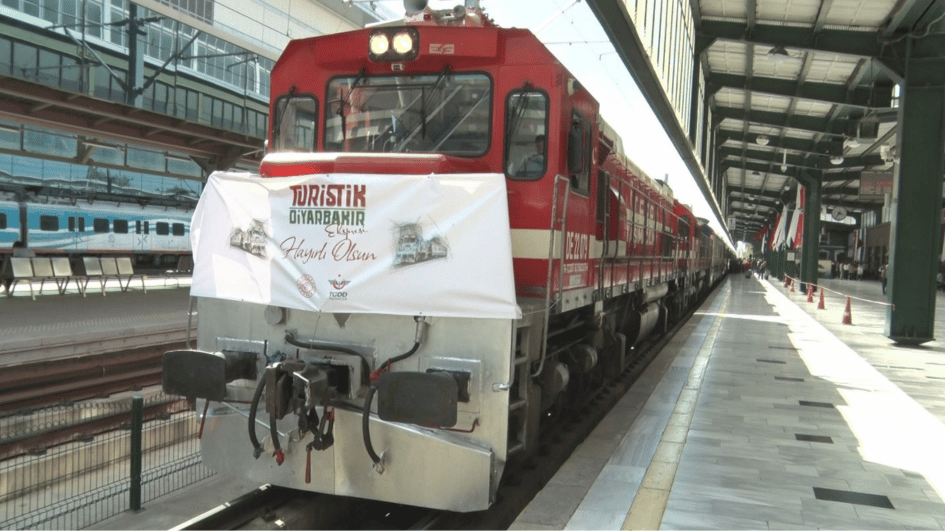Diyarbakır’s cultural richness to be protected at new center
DİYARBAKIR – Anadolu Agency
 An academic center for the restoration and protection of cultural items has been established by Dicle University in the southeastern province of Diyarbakır. The purpose of the center is to give academic and scientific support to cultural structures, especially in Diyarbakır and the surrounding region.
An academic center for the restoration and protection of cultural items has been established by Dicle University in the southeastern province of Diyarbakır. The purpose of the center is to give academic and scientific support to cultural structures, especially in Diyarbakır and the surrounding region.Parts of the city of Diyarbakır are like an open-air museum, with historical walls that are a candidate for the UNESCO World Heritage List, the Ulu Mosque, which is seen as the fifth Temple Mount of the world of Islam, the Ongözlü Bridge, and the Ziya Gökalp and Cahit Sıtkı Tarancı Museum, as well as many others.
The Center for the Protection, Application and Research of Cultural Items, which was established by the senate of Dicle University, will play an active role in the protection and restoration of cultural and historical sites, while also providing academic support. The center also aims to give education to various occupational groups and train qualified staff.

Associate Professor Neslihan Dalkılıç
says many historical structures in
Diyarbakır, including the city walls,
have not been restored appropriately
for years, and the new center will fill
this gap.
Dalkılıç said the faculty of the university had attempted in the past to follow the restoration processes in the city but from now on, they will have official status to participate in those projects.
“We have a protection and restoration center for each project on historical structures. Demands from people and institutions will be accepted. The center will provide support to increase the quality of restoration, to prepare analysis and scientific reports and to develop the application methods,” she said.
Restoration of city walls
Dalkılıç said they would join the restoration work in the city while representing the center, adding, “The most detailed work on the historical walls so far has been made by our university, but it is not known enough.”
She said so far they had tried to announce their work through scientific publications.
“From now on, we will share the results of these projects with the public as an official center. We have seen in the past that cement was used in the restoration of the walls rather than the original materials. It damaged the structure. Even though construction companies have become more conscious about it, we know that cement is still used. An academic council is being formed to work on the restoration of the walls, which was our dream. The structures will be restored under close inspection.
We will do our best,” Dalkılıç said.
Dalkılıç said they were planning to open an archive of the city’s history in a library to be established within the center. “We want to open an information and documentation center. We want all visitors and researchers in the city to come to this library first,” she said.
















